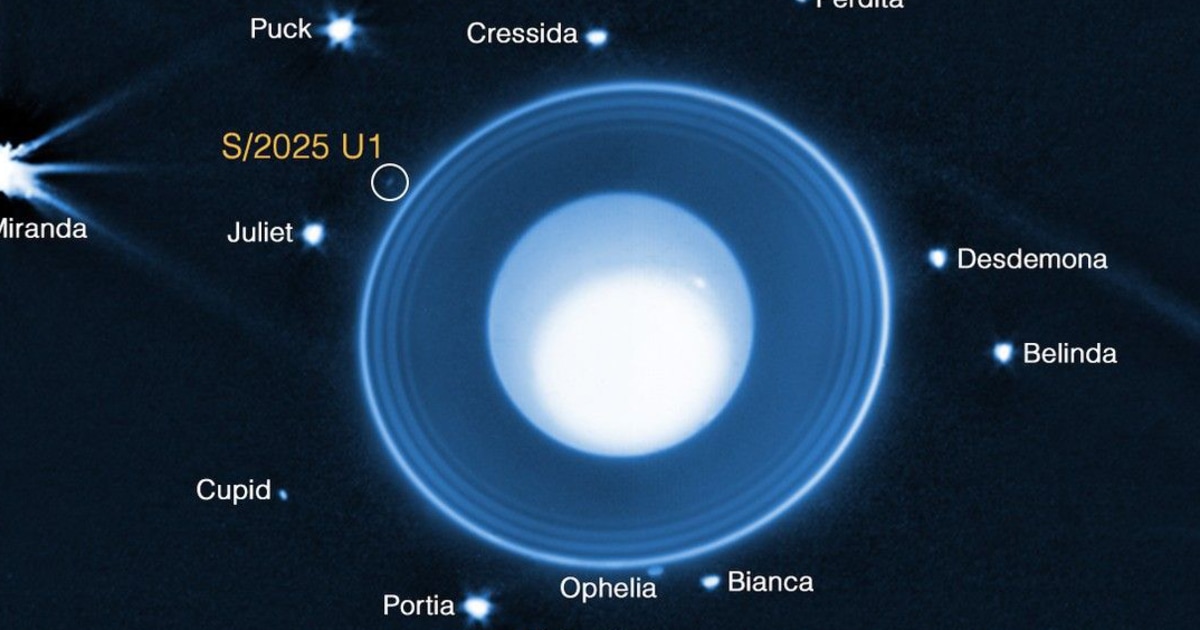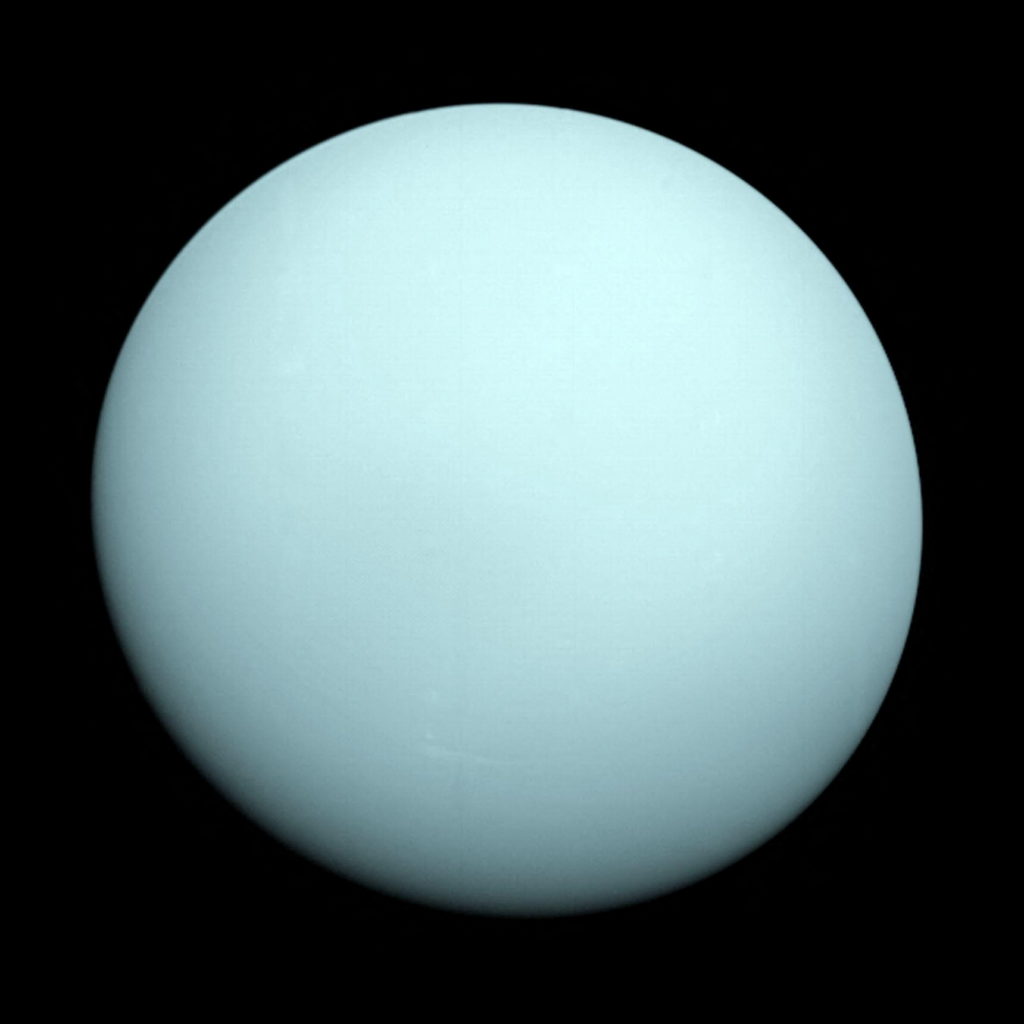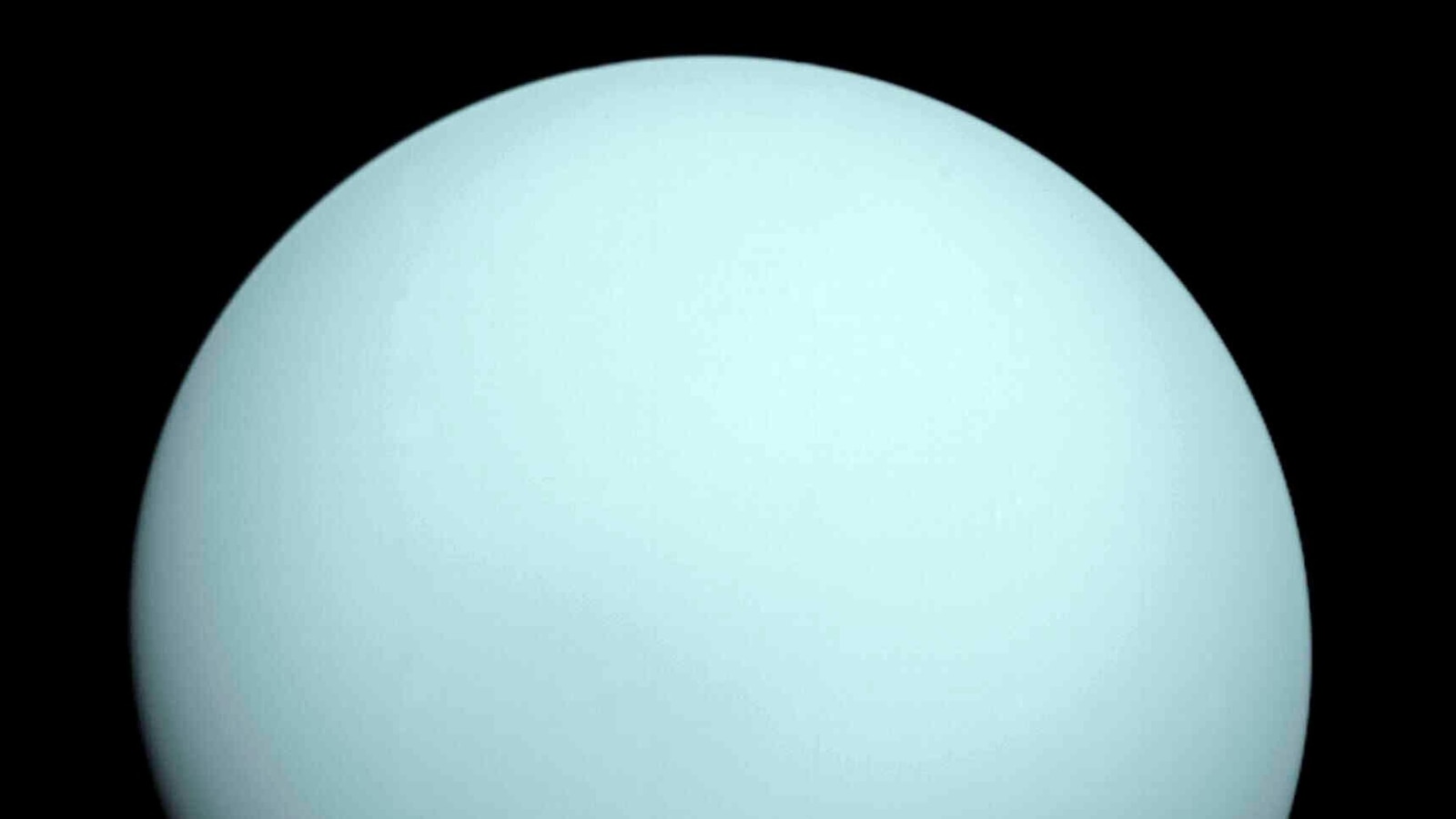Webb Telescope Discovers Tiny New Moon Orbiting Uranus
NASA's Webb Space Telescope discovered a new, tiny six-mile-wide moon orbiting Uranus in February. This elusive find increases the planet's known moons to 29.
Subscribe to unlock this story
We really don't like cutting you off, but you've reached your monthly limit. At just $5/month, subscriptions are how we keep this project going. Start your free 7-day trial today!
Get StartedHave an account? Sign in
Overview
- NASA's Webb Space Telescope discovered a new, tiny moon orbiting Uranus in February, utilizing its near-infrared camera for this significant astronomical find.
- The newly found moon is remarkably small, measuring only six miles wide, which explains why it remained undetected for a long time, even by the Voyager 2 spacecraft.
- Scientists believe the moon's faintness and diminutive size were key factors in its prolonged elusiveness, preventing its discovery by previous observational efforts.
- The discovery brings the total number of known moons orbiting Uranus to 29, supplementing the 28 previously identified moons named after Shakespeare and Alexander Pope characters.
- The new moon is currently unnamed, representing a significant addition to our understanding of the Uranian system and highlighting the Webb telescope's powerful observational capabilities.
Report issue

Read both sides in 5 minutes each day
Analysis
Center-leaning sources frame this story by adopting an engaging and accessible tone, using informal language and lighthearted descriptions to make a scientific discovery more relatable. They employ conversational phrases and evocative terms to present complex information, aiming to capture reader interest while maintaining factual reporting. This approach ensures the content is informative yet entertaining for a broad audience.
Articles (6)
Center (3)
FAQ
The Webb Space Telescope used its Near-Infrared Camera (NIRCam) to detect the new tiny moon during a series of ten 40-minute long-exposure images.
The moon is very small, approximately six miles (10 kilometers) wide, and faint, which likely rendered it invisible to the Voyager 2 spacecraft and other telescopes.
Uranus now has 29 known moons with this new addition, and the previously known moons are traditionally named after characters from Shakespeare and Alexander Pope's works.
The discovery highlights the potential complexity and chaotic history of Uranus's small inner moons and rings, indicating there may be more small moons yet to be found.
The new moon was observed by the Webb Space Telescope on February 2, 2025, during dedicated observations with NIRCam.
History
- 2M

 3 articles
3 articles





